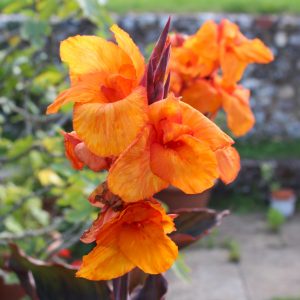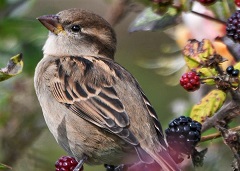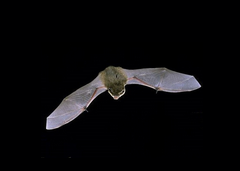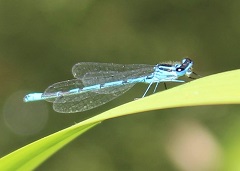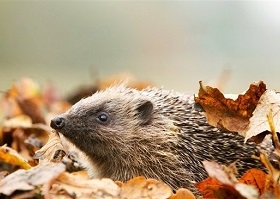SEPTEMBER
Many plants will continue flowering well into the autumn if you keep deadheading them, to stop them diverting their resources into seed production.
Leave plants that produce ornamental seed heads, to add interest and structure to the garden in winter.
As autumn progresses let more plants go to seed to provide a source of food for birds in the winter.
Click on any picture or text link for more info
It is not too early to start planting spring flowering bulbs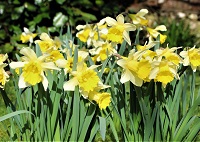
Daffodils/narcissus particularly benefit from more time for root development before the winter.
However, leave planting of tulip bulbs until November.
A little deadheading, watering and feeding should also keep hanging baskets going until mid-autumn; then replant for winter/spring with spring bulbs, winter heathers, ivies and spring-flowering plants.
 Collect and sow seed from perennials and hardy annuals.
Collect and sow seed from perennials and hardy annuals.
Remove greenhouse shading as temperatures and light levels fall. As the month progresses, water only early in the day, so the greenhouse is dry by evening. Dampness during cool nights promotes the development of grey mould (Botrytis).
Late September is a good time to divide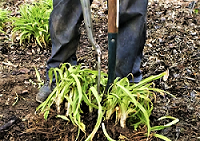 tired looking clumps of herbaceous perennials and alpines, to reinvigorate them, and create more plants – they can then get established before winter sets in. However, if the soil is too wet, this can be left till spring.
tired looking clumps of herbaceous perennials and alpines, to reinvigorate them, and create more plants – they can then get established before winter sets in. However, if the soil is too wet, this can be left till spring.
With leaves starting to fall, it is very easy to turn them into useful leafmould.
Put the leaves into a basic pen made out of stakes and netting, or just fill them into bin liners – make sure the leaves are moist and pierce some holes in the bin liners.
Using the mower to collect leaves will help them break down more quickly.
Repair patches in the lawn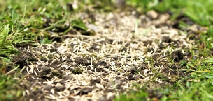 – while it is still warm but with more moisture avalaible.
– while it is still warm but with more moisture avalaible.
For the same reasons, it is also a good time to create new lawns from either turf or seed.
Biological controls against vine weevil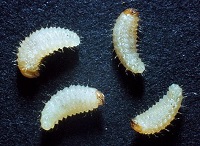 can be applied – grubs will be starting to hatch, whilst soil and compost temperatures are now suitable for the nematodes to be effective.
Target vulnerable plants, such as fuchsias, succulents and containerised plants.
can be applied – grubs will be starting to hatch, whilst soil and compost temperatures are now suitable for the nematodes to be effective.
Target vulnerable plants, such as fuchsias, succulents and containerised plants.
Take cuttings of tender perennials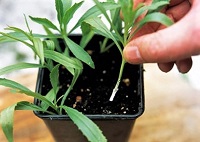 such as Pelargonium, Osteospermum, Penstemon and Gaura.
such as Pelargonium, Osteospermum, Penstemon and Gaura.
These plants often do better grown from new cuttings each year. You don’t need a greenhouse or conservatory – a light window sill, out of direct sunlight, will do.
Move spring flowering biennials 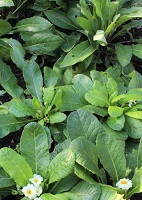 sown earlier in the year (e.g. wallflowers, foxgloves, honesty, sweet rocket), and primroses divided after flowering, to their final flowering positions, so they have time to get established before winter.
sown earlier in the year (e.g. wallflowers, foxgloves, honesty, sweet rocket), and primroses divided after flowering, to their final flowering positions, so they have time to get established before winter.
Also, check whether any of the items from August still need attention.
Wildlife in the garden
sunset / sunrise survey
The RSPB shows what just a little can do
How to help them
Click any day below for a more detailed weather forecast, which also looks further ahead

